Educators are aware that the focus of education has shifted to include teaching skills embedded in STEAM—science, technology, engineering, the arts, and math. In order for our country to remain competitive in the 21st-century global economy, our students need to become much more proficient in these subjects. By teaching science for early childhood STEAM your starting your little learners off on the right path.
Why Science?
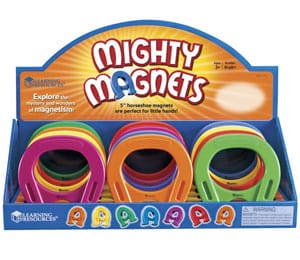
The best part about teaching STEAM for early childhood is that you are probably already doing it. Do your students work with magnets? Are they tracking changes in the weather? Do they study the life cycle of plants? These are commonplace early childhood activities and the building blocks for future understanding of science.
One difference in teaching science for early childhood STEAM is that all components are supposed to complement each other. That plant life cycle activity can roll into activities on measurement (math), tracking growth on a computer or device (technology), and even drawing pictures of the plants (art).
How to Bring More STEAM into Your Early Childhood Science Lessons
You are probably already doing some science work in your early childhood classroom, and as has been noted, connecting that work to the other STEAM skills doesn’t take much more effort. Teaching Science for Early Childhood STEAM projects can be fun and educational.
Discover resources to support your Earlychildhood STEAM Lessons
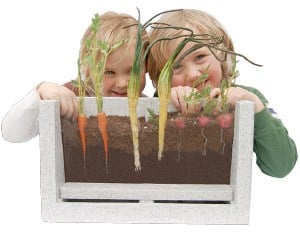
Remember that plant life cycle activity? What if the students could actually see the roots grow? Planter boxes have a window in the side to get a cross-section of the plants’ growth.
Centers are a great place to let students explore science. Centers based in sensory investigation, magnification, terrariums, and science-based role-playing are all great ways to incorporate more of the sciences.
Magnification has a significant “wow” factor with young learners, which makes it a great gateway into science concepts. Plants and other living tissues are great, but magnifying everyday objects can support hands-on learning techniques.
While teaching science for early childhood, the key is taking a holistic approach to the sciences and the entire STEAM experience. The goal of moving students toward these skills isn’t necessarily to make more engineers or programmers but to make students more rounded and complete contributors in college and their careers.
Read more about incorporating science into outdoor learning, block play, inquiry, and so much more on STEAM/STEM.

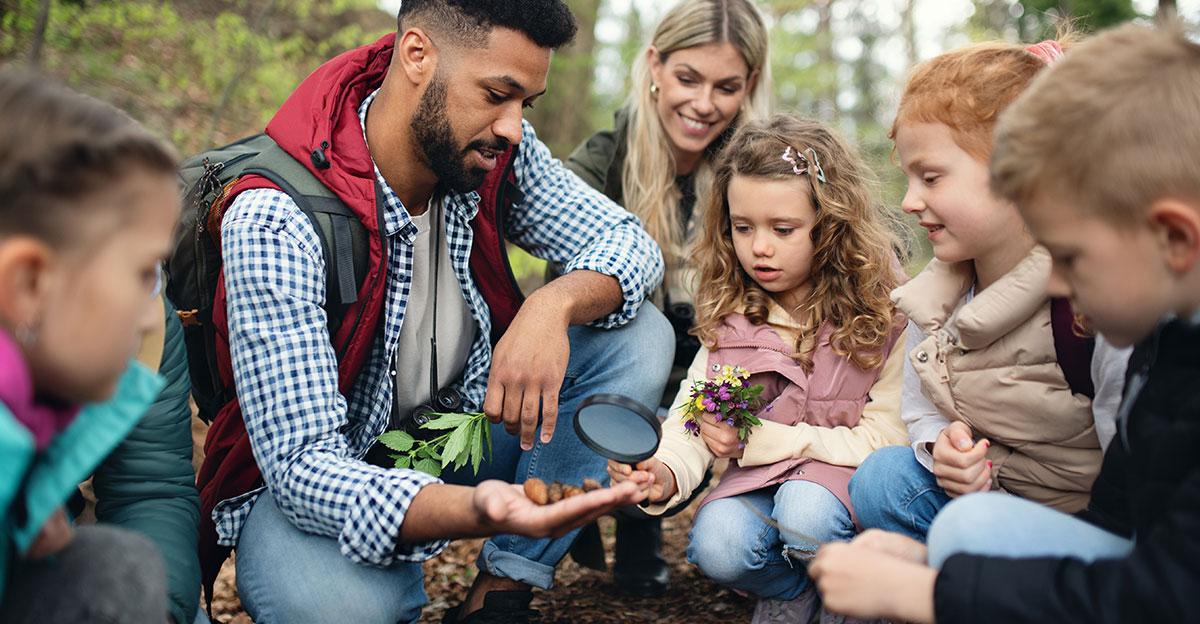
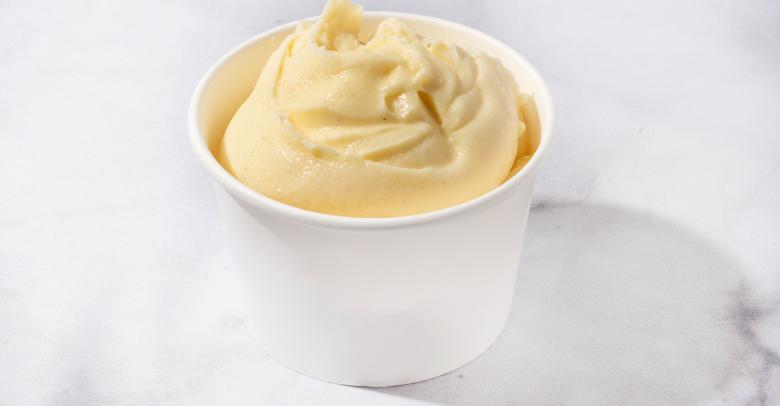


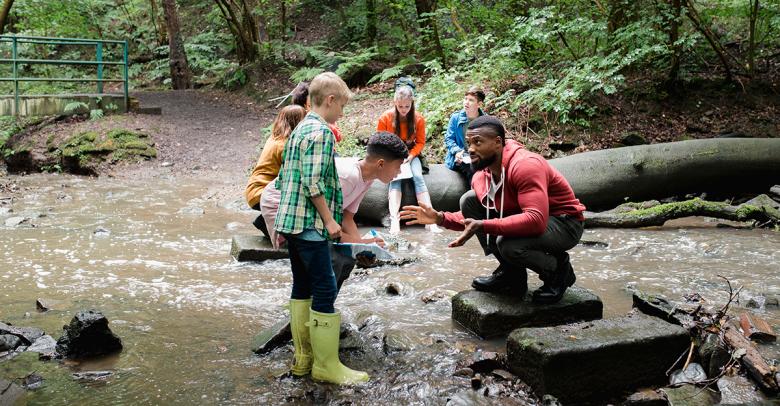
Leave a Reply